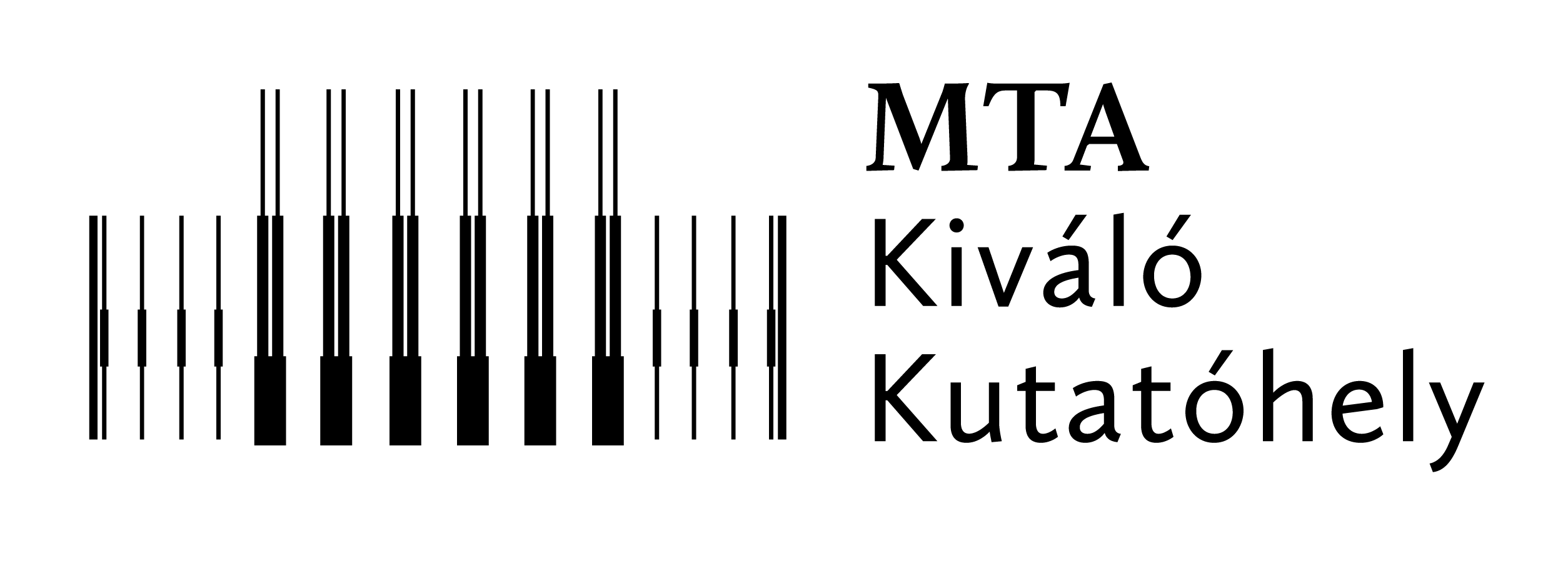Előadó: Datz Dániel (SZFI)
Az előadás témája: Polaritonic enhancement in boron nitride nanotubes measured by near-field infrared spectroscopy
Az előadás időpontja: 2021. február 2., kedd, 10.00
Helyszín: videokonferencia, https://letsmeet.wigner.hu/szeminarium
Összefoglaló:
Chemical reactions in confined space, especially inside nanotubes have been an exciting topic for many reasons: new reaction pathways can be established resulting in unique products of specific structure (regioselectivity) or electronic properties (electronic selectivity), leading to various applications such as gas storage, catalysis and battery electrodes. However, finding the characterization methods to follow these reactions on the nanoscale remains a serious challenge. We demonstrate the possibility to investigate the products of chemical reactions between encapsulated molecules in nano-sized cavities in boron nitride nanotubes (BNNTs) in-situ with 20 nm spatial resolution. This small-scale investigation allows us to study the correlation of chemical reactivity with topology or other variables in the local environment. Scattering type near-field spectroscopy has been extensively applied to analyze collective optical properties of materials at the nanoscale. However, the near-field optical properties of the vibrational modes of small molecules were only recognizable in close proximity to a metallic resonator. We show that phonon polaritons of boron nitride nanotubes enhance the near-field vibrational spectra of molecules in close proximity of the surface. By encapsulating C60 fullerene in BNNTs, we can reach a sensitivity level of a few hundred molecules. Furthermore, we show by the photopolymerization of C60 that products of chemical reactions inside the tubes can be identified, so long as their vibrational signatures lie in the polariton gap of the BNNT. The theoretical description of the scattering process is also being formulated based on the extension of the Mie scattering formalism. In this formalism, the electric field is expanded in the linear combination of spherical harmonics centered around the scattering particles. Reflection from surfaces and multiple scattering centers can also be handled, thus enabling the calculation of the backscattered electric field in the SNOM setup.



